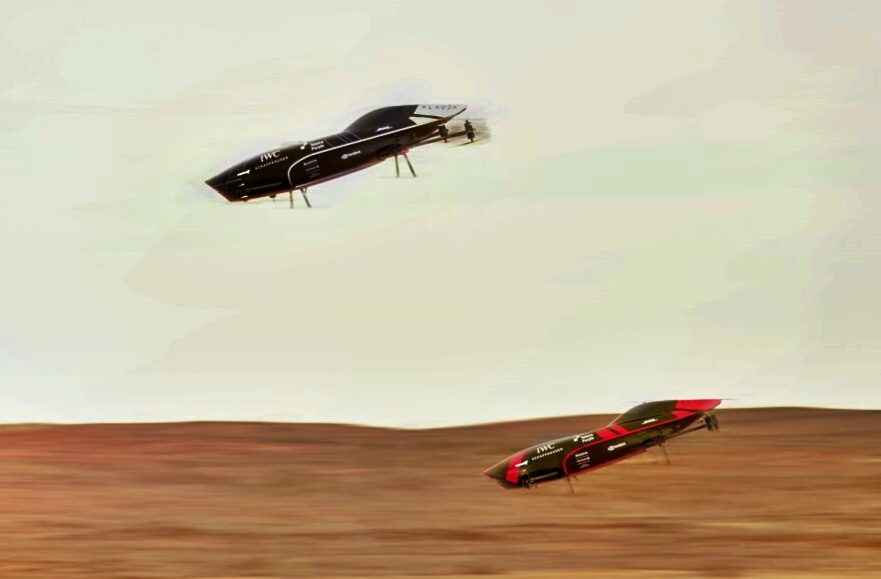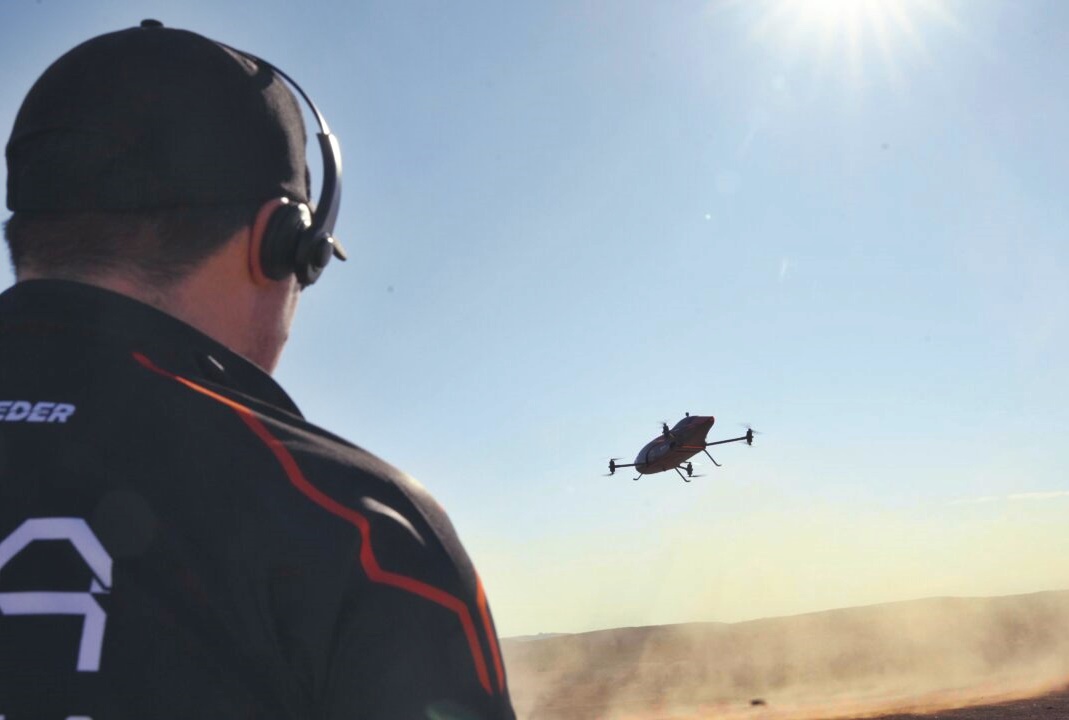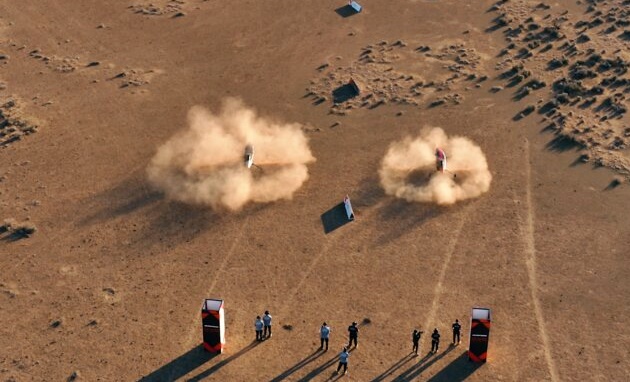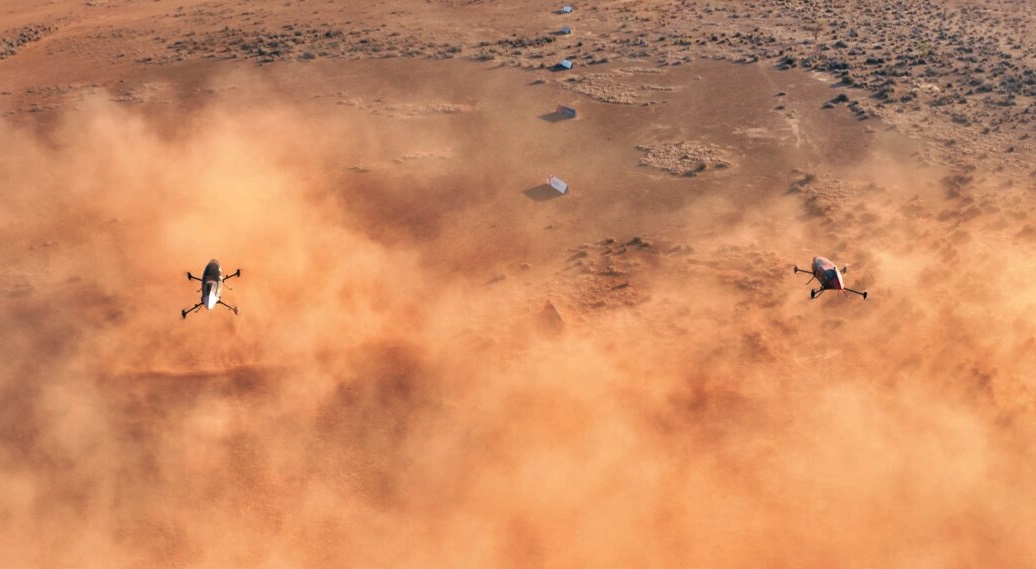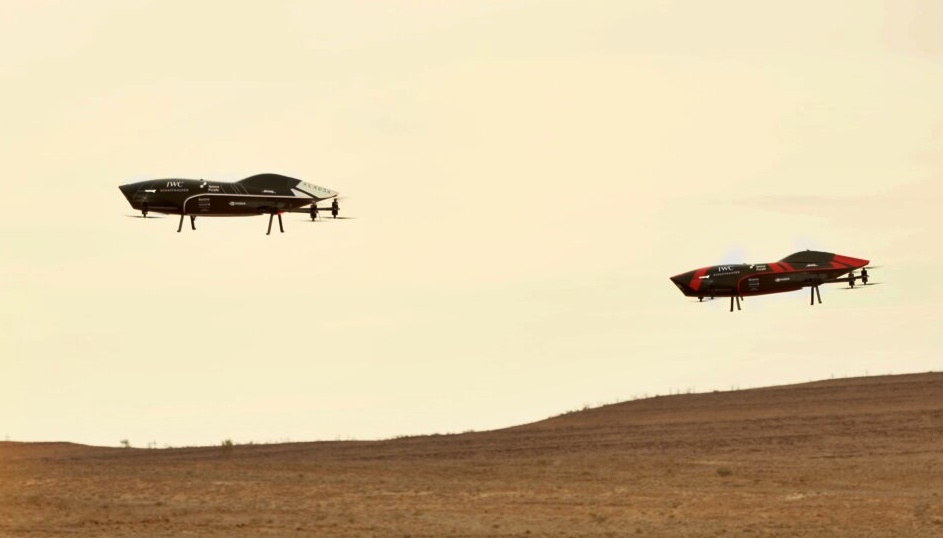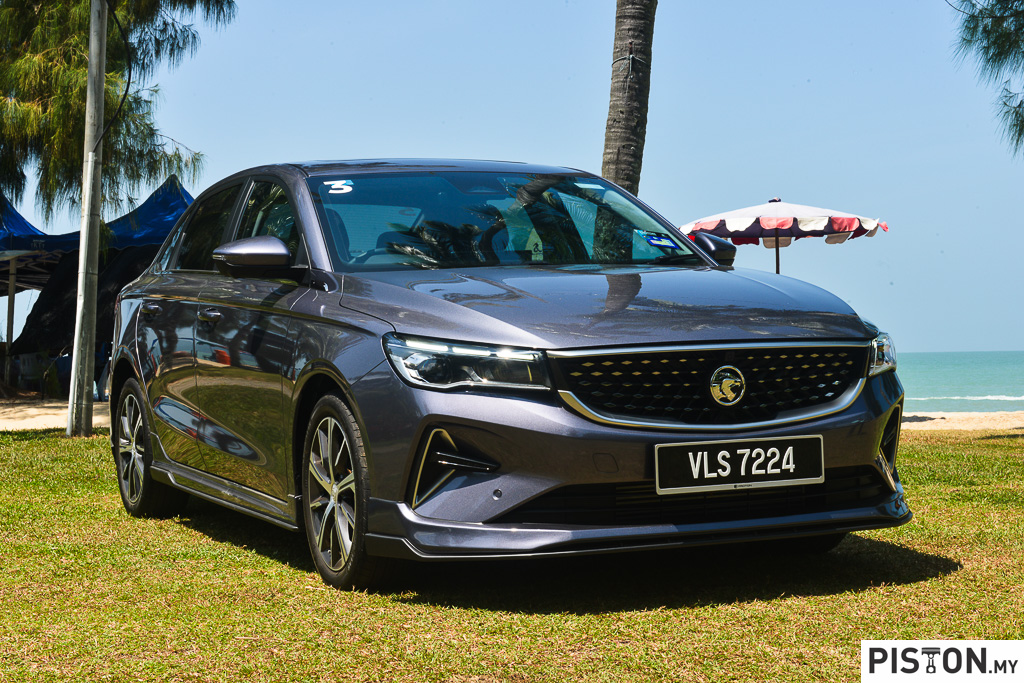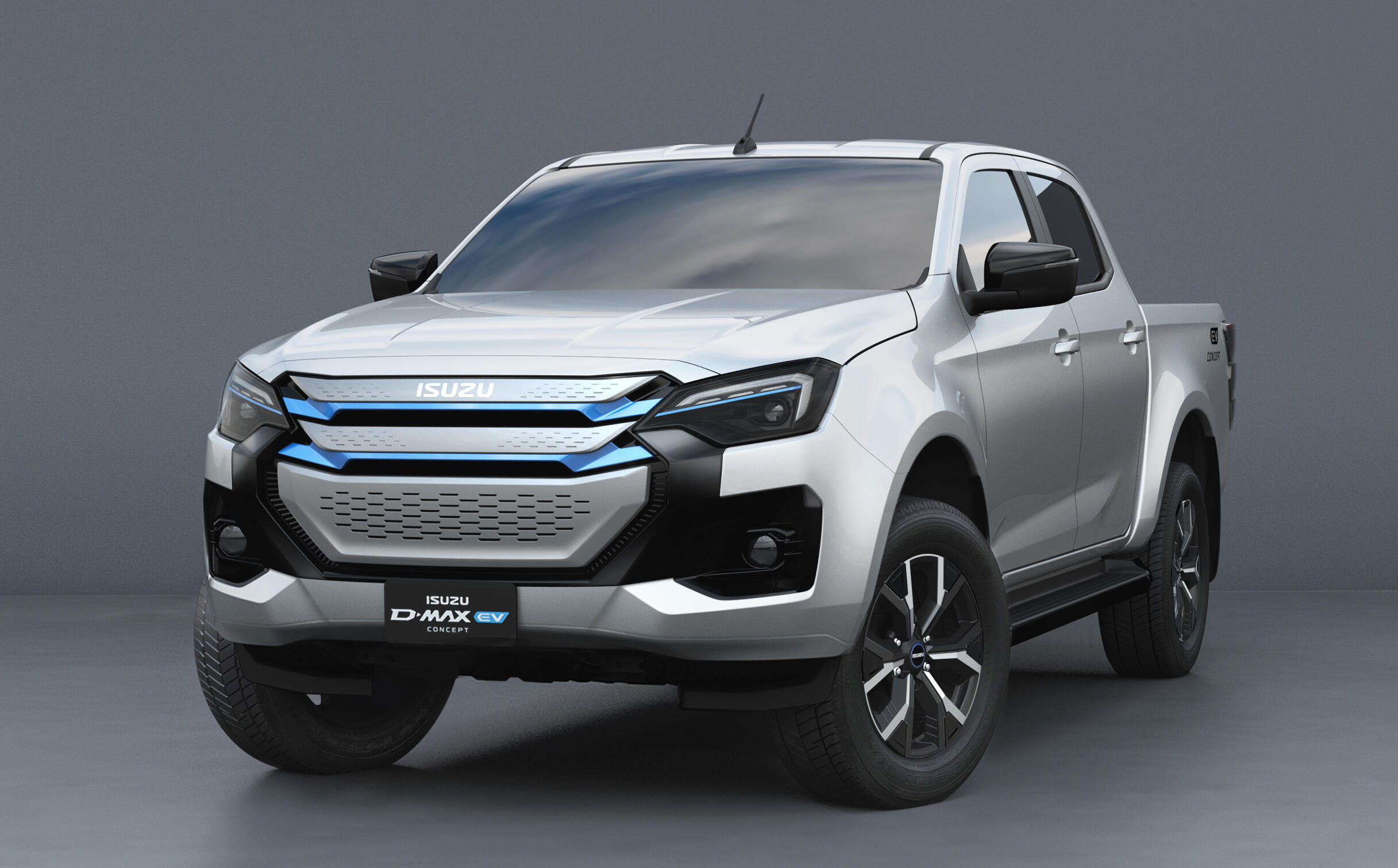Even before flying cars are dotting the sky as commercialised production vehicles, such vehicles are already being developed for future motorsport. It will be an entirely new kind of motorsport, with competitors racing each other high above the ground. Known as Airspeeder, the competition combines the format of Formula E (the all-electric single-seater series), the thrills of air racing and the glamour of F1.
The company that aims to develop this aerial grand prix is Alauda Racing, an Australian start-up with the long-term ambition to use its technology to develop a world-beating flying sportscar for sale to the public. Like Extreme E, an off-road series for all-electric SUVs, the first machines will be similar and supplied by Alauda. The Mk. IV octocopter, as the flying racing cars are called, can hit speeds of 200 km/h and offer a power-to-weight ratio superior to an F-18 fighter jet!
Teams from a broad range of industries will be provided with the Speeders but given technical and tactical freedom to approach gaining competitive edge in the series as they see fit. This will ensure close motorsport based on pilot skill and race management.
Because flying car racing does not require the same physical infrastructure as legacy motorsport, this presents a sport built from the ground-up with sensitivity to the global requirement to race with minimal ecological impact. Fans from around the world will watch via global broadcasts with coverage enhanced by technology that communicates the virtual tracks and race telemetry data projected directly to pilots through augmented reality.
A landmark moment in the future motorsport recently took place in the deserts of South Australia as a pre-season test concluded with the first-ever timed electric flying car drag-race. The race was part of a key testing session for EXA, Airspeeder’s first electric flying car racing season, created by Alauda Aeronautics.
Remote pilots were able to show the dynamic potential of the world’s first electric flying racing cars. The pilots had the freedom to plot their own flightpath to victory. The drag-race format was chosen as a pure demonstration of the performance and safety technologies that underpin the sport. In particular is the ‘Virtual Forcefield’ suite of LiDAR and RADAR-powered safety systems that delivers close but ultimately safe racing that can help avoid collisions.
This first drag-race represented the culmination of intense internal competition between two sides of the Alauda Aeronautics technical team. The result was a tense and visually enthralling encounter with the internal teams forced to adapt strategy in line with wind and dust conditions in the selected desert location. As races will be run in varying conditions – over ice, over sea, deserts and even forest locations – mastery of external factors add a compelling tactical layer to the sport.
The women and men who will participate will be drawn from the very elite of motorsport, eSports and civil, military and acrobatic aviation. They will play the same role pioneer racing drivers did at the genesis of the automotive and aviation eras in accelerating a new mobility revolution. For them, situational awareness will not be just on the horizontal plane around them but also above and below their machine.
With the successful completion of this drag-race, Alauda will soon announce the world’s first electric flying car Grand Prix calendar under the banner of the EXA Series. These remotely piloted races will serve as a vital feeder series for the forthcoming crewed Airspeeder GPs. In addition to developing the technology that underpins the sport, it will be a breeding ground for the elite pilots that will pioneer the dawn of the electric flying car racing era.
Airspeeder – a radical new airborne motorsport for the 21st century [w/VIDEO]


